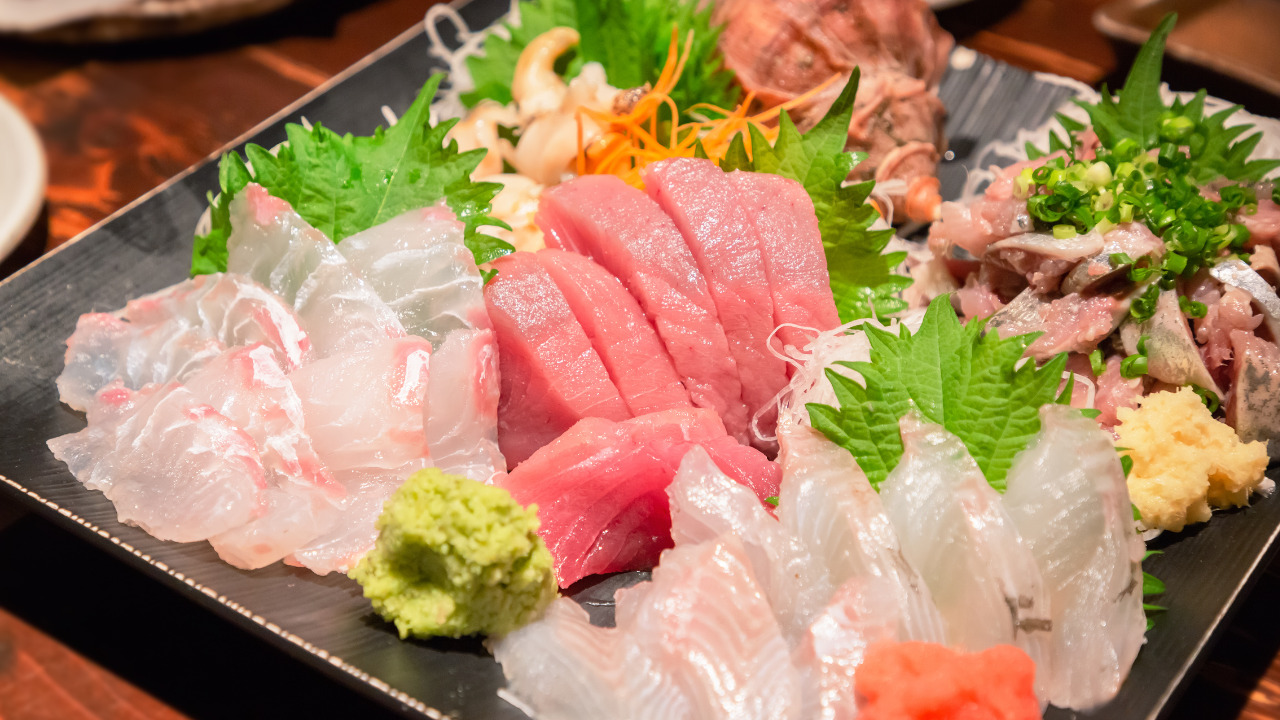Date first published: 18/07/2023
Key sectors: fishing; seafood
Key risks: environmental; economic; business disruption
Risk development
On 4 July the International Atomic Energy Agency (IAEA) concluded that Tokyo’s plans to release 1.37m tonnes of treated water stored at the Fukushima Daiichi nuclear power station into the sea was in line with IAEA Safety Standards. The IAEA found that staggered discharges of the treated Advanced Liquid Processing System (ALPS) water into the ocean over a 30-year period would have a “negligible radiological impact on people and the environment”. South Korea, China and Hong Kong (HK) have all issued statements highlighting their concerns over the IAEA’s approval, with HK and China threatening to restrict the import of Japanese fish products.
Why it matters
Japan supplied around 2 per cent of HK’s food in 2022 and 6.75 per cent of all seafood. HK – the second-largest importer of Japanese agricultural and fisheries products after China – imported over 457,000 tonnes of food in 2022 worth over US$562m. Fruits and fish were the most popular, valued at US$136.97m.
On 12 July HK announced that it would ban all kinds of seafood, sea salt and seaweed from 10 Japanese prefectures if the radioactive wastewater were to be released. The 10 prefectures listed as high-risk areas were Tokyo, Fukushima, Chiba, Tochigi, Ibaraki, Gunma, Miyagi, Niigata, Nagano and Saitama. Beijing already bans imports from these prefectures. However, Beijing added that all shipments from other prefectures would undergo full screening checks instead of spot checks. 12.8 per cent of HK’s 17,200 licensed restaurants sell sashimi. Japanese restaurants in HK are expected to be halved and around 30 per cent of the existing restaurants would likely close down if import restrictions were to be implemented.
South Korea’s Japanese seafood imports hit around US$174.2m in 2022 marking a 12-year high and up 12.2 per cent year-on-year. This was the largest yearly value since 2010, one year prior to the Fukushima nuclear power plant disaster.
Background
HK’s proposed ban builds upon current import restrictions which already cover the prefectures of Fukushima, Chiba, Tochigi, Ibaraki and Gunman. The existing measures were put in place following the 2011 Fukushima nuclear meltdown. HK stated that the proposed prefecture bans would be precautionary and that the extended bans may be eased if Tokyo were to successfully prove that its discharge plan was safe. It remains unclear what exactly the HK government deems to be ‘safe’ as the statement came after the IAEA’s conclusions.
South Korea plans to maintain its ban on food coming from areas around the damaged nuclear plant. However, the government stated that it would conduct additional inspections should there be any amendments to the release plan. Opposition politicians claimed that the IAEA’s conclusions had neglected long-term environmental and health impacts and warned that a bad precedent may be set potentially encouraging other countries – likely referring to North Korea – to dispose nuclear waste into the sea.
Risk outlook
If Tokyo continues with its plans to release the treated water into the sea, its fisheries exports are likely to fall as HK and China appear to be staunch in their proposed bans. Japan witnessed its first year-on year fall in exports in over two years in May amid fewer shipments to China. Overall, Japan has an improving balance sheet. However, if its plans go ahead without reaching a compromise with China and HK, its currently narrowing trade deficit would likely widen.

